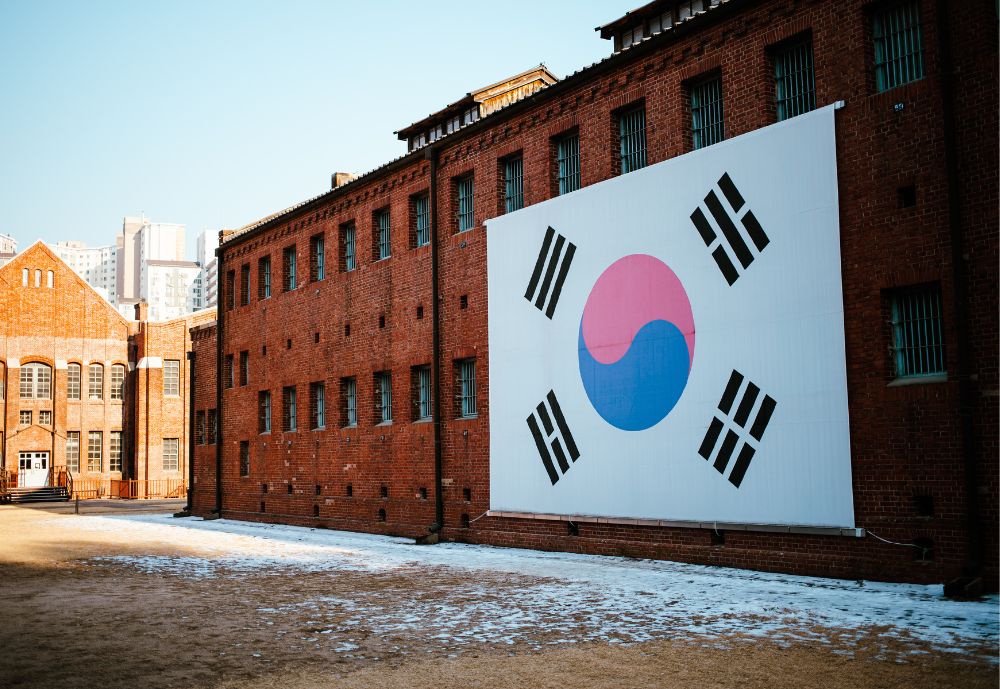
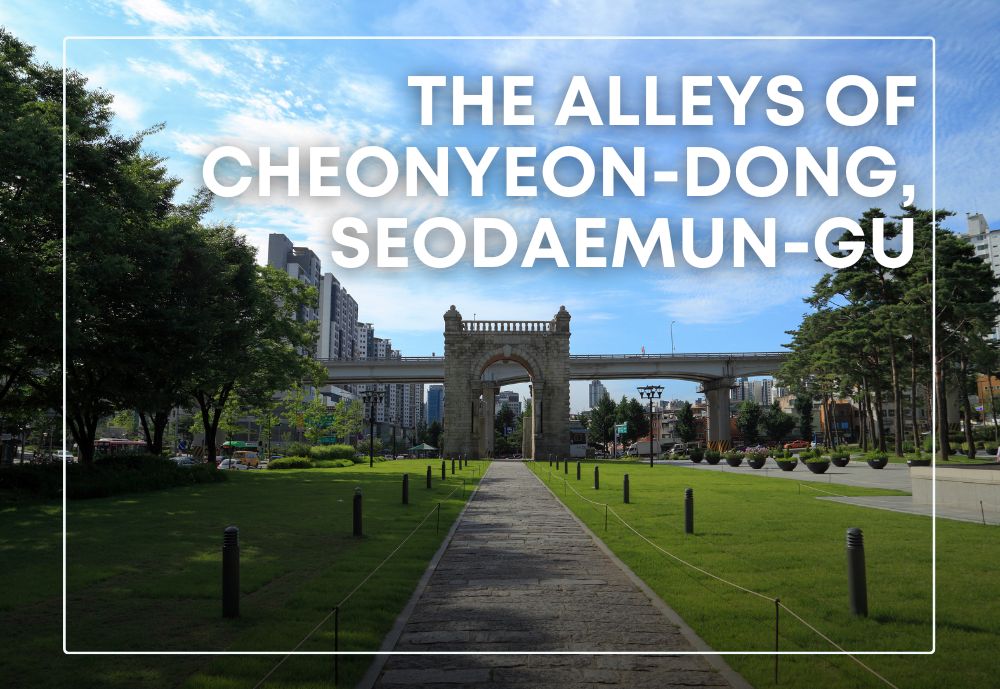
Many residents, including middle-aged individuals seeking a peaceful stroll and families enjoying outings with their children, frequently visit this area. If you want to understand Korea's past and gain a deeper appreciation for today's Korea, the Cheonyeon-dong Alley Tour Course is a must-visit destination.
| Seodaemun Prison History Hall
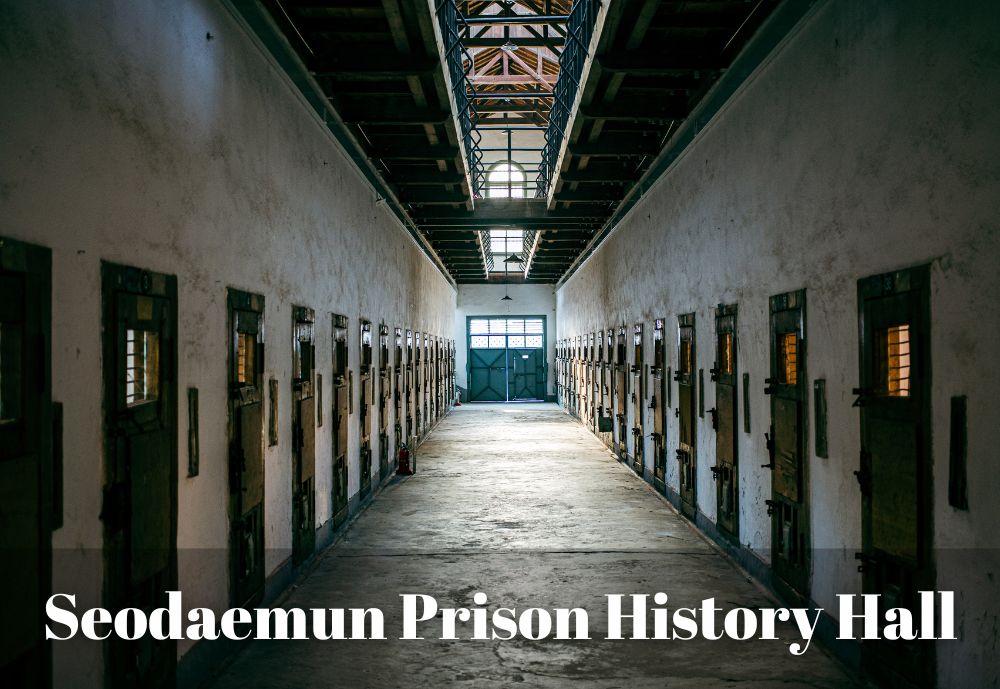
Seodaemun Prison is a historic site where countless independence activists were imprisoned and suffered during the Japanese colonial period. Today, it has been transformed into the Seodaemun Prison History Hall, commemorating and recording Korea's independence movement history.
As you explore the museum, the grand Taegukgi (the Korean national flag) amidst the vintage red brick buildings catches the eye. It symbolically reflects the pain endured and the resolute determination of the independence fighters. It feels as though the voices of those who cried out for independence echo through the space.
| Independence Gate

The Independence Gate, located a short distance from Seodaemun Prison, is a symbolic monument modeled after France's Arc de Triomphe. It was built to commemorate Korea's pursuit of sovereignty and independence. Amidst the intense power struggles among major nations surrounding Joseon following the First Sino-Japanese War, the gate serves as a reminder of the nation's commitment to autonomous diplomacy and a warning against repeating patterns of dependent foreign relations.
Standing before the Independence Gate, one can feel the resolute determination of the ancestors who advocated for Joseon's sovereignty. Their sacrifices and efforts to build the Republic of Korea today come vividly to life.
| Seokgyo Church
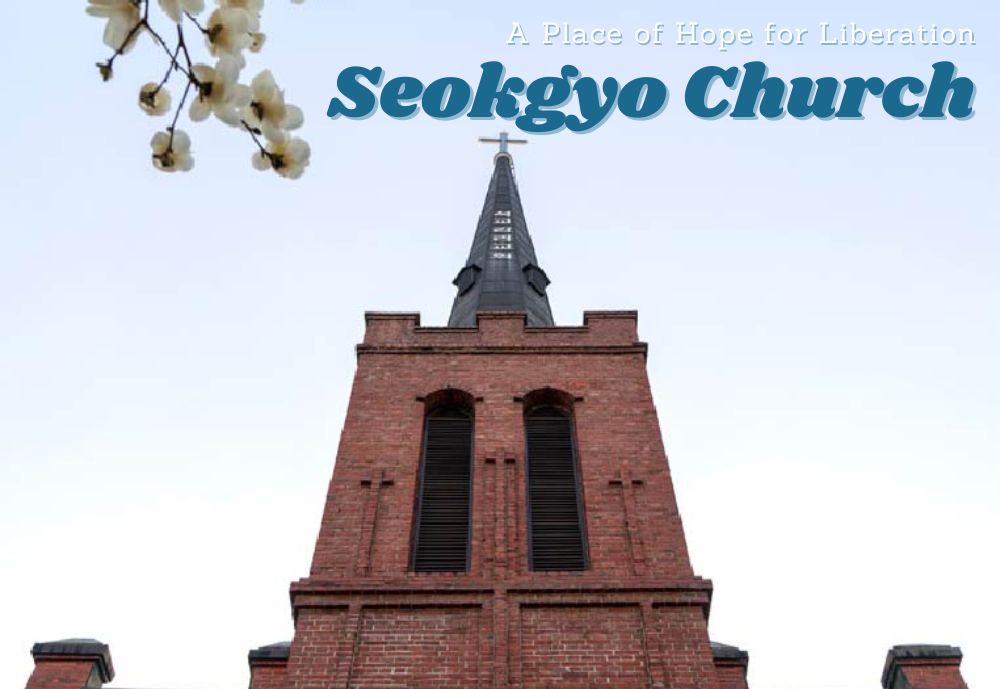
ⓒ Rediscovering Seoul, Urban Sensory Journey_Seoul Metropolitan City
Seokgyo Church, designated as a Seoul Future Heritage site, is a place that holds over a century of history. Built in 1917 just before Christmas, the church has retained its original form rather than being modernized, making it all the more valuable.In the courtyard, alongside cozy magnolia trees, stand a hibiscus tree over 70 years old and ancient trees over half a century old, creating a peaceful and warm atmosphere for visitors. During the Japanese colonial period, the church stood in solidarity with the nation's suffering and nurtured hope for liberation. Today, it remains a serene place of worship, preserving the precious legacy of the ancestors.
| Yeongcheon Traditional Market
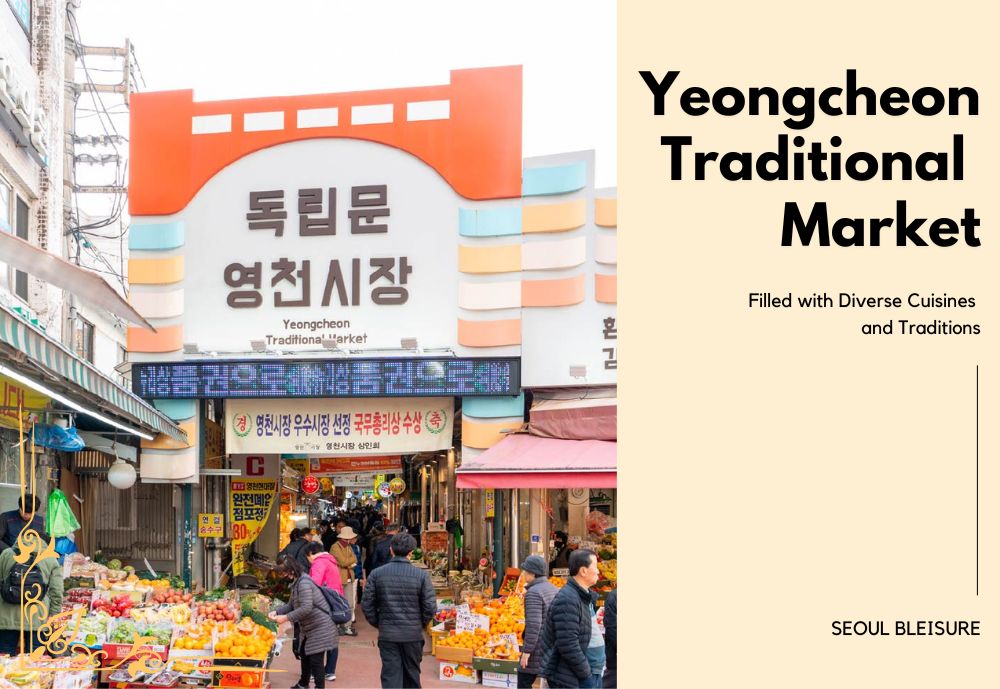
ⓒ Rediscovering Seoul, Urban Sensory Journey_Seoul Metropolitan City
Yeongcheon Market, a traditional market that began with a street of rice cake shops, stretches along a 260-meter alley lined with a variety of vibrant stores, always bustling with people. Despite the passage of time, the market has been meticulously maintained, featuring numerous eateries, including a sundae soup restaurant recognized as a "Century-old Store," that irresistibly draw visitors.
Recently, Yeongcheon Market has gained popularity as a trendy hotspot among younger generations, adding to its lively atmosphere. It's highly recommended to stop by during your travels to enjoy some delicious snacks.
Still playing a crucial role in the daily lives of residents in Seodaemun-gu, Yeongcheon Market remains an indispensable and cherished place for both locals and tourists alike.
Recently, Yeongcheon Market has gained popularity as a trendy hotspot among younger generations, adding to its lively atmosphere. It's highly recommended to stop by during your travels to enjoy some delicious snacks.
Still playing a crucial role in the daily lives of residents in Seodaemun-gu, Yeongcheon Market remains an indispensable and cherished place for both locals and tourists alike.
Real-time comments 0
Write a comment

